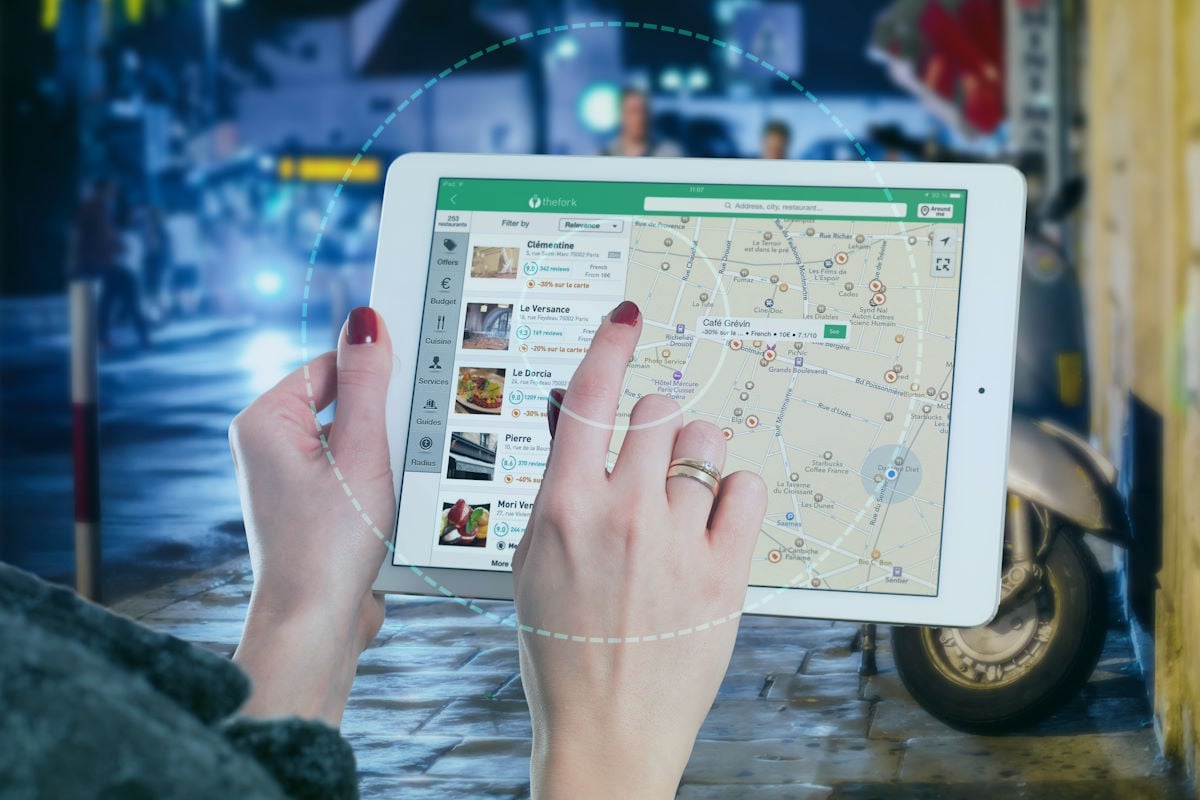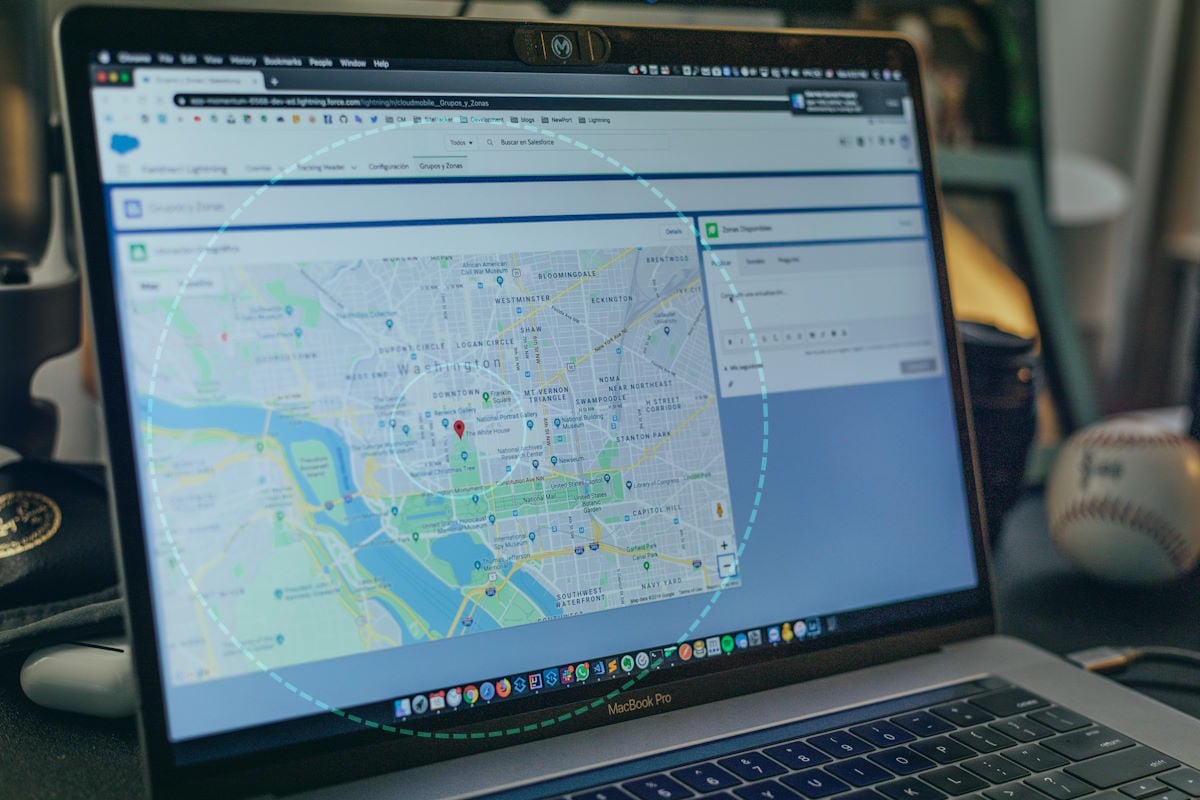What is geotargeting in advertising, and how does it maximize campaign performance?
Geotargeting is a crucial component of modern marketing that leverages location data to enhance campaign performance
In an era where personalized experiences dominate the digital landscape, geotargeting can be a powerful tool for reshaping how businesses connect with their audiences. This innovative approach leverages the geographical location of users to deliver tailored content, advertisements, and services, transforming generic interactions into hyper-localized engagements. But what is geotargeting, and how can marketers take full advantage of its features? Let’s explore this intersection of technology and geography to unravel its potential for marketing campaigns and user experiences.
Learn more about geotargeting strategies, platforms, tools, and more with our comprehensive article, Geotargeting: The Complete Marketer's Guide.
What Is Geotargeting?
Geotargeting is the technique of delivering content to specific audiences based on their geographic location. It lets marketers customize their advertising messages for consumers in different areas, tailoring their content to be more relevant and appealing.
The benefits of geotargeting for marketers are significant. Firstly, it helps them to reach desired audiences more effectively, maximizing the impact of their advertisement spend. By targeting consumers who are geographically closer to their business, marketers increase the likelihood of driving foot traffic and converting sales.
Geotargeting also enables marketers to deliver localized messages and offers, making their advertising efforts more relevant and persuasive. They can address specific regional preferences, cultural nuances, or language considerations, increasing the chances of engaging potential customers. This level of personalization enhances the overall customer experience and fosters brand loyalty.
There are various ways geotargeting can be implemented in marketing strategies. One common approach is location-based mobile advertising, where ads are delivered to mobile device users within a specific radius of a business. Marketers can also apply geotargeting to search engine optimization (SEO) so ads appear in search results for relevant locations. Additionally, geotargeting can be integrated into social media advertising, allowing businesses to target users based on their current location or specific areas of interest.
What's the Difference Between Geofencing and Geotargeting?
Geofencing and geotargeting both refer to location-based marketing campaigns that leverage the power of location data to reach a specific audience. However, they differ in the approach and the scope of their targeting.
Geofencing is the specific geotargeting technique of creating a virtual barrier or perimeter around a specific location, such as a store, event venue, or city block. This lets businesses target potential customers in real-time once they cross the boundary. For example, a retail store may set up a geofence around its premises and send push notifications or special offers to anyone entering the defined area. Geofencing enables businesses to drive foot traffic, increase sales, and engage with potential customers in real-time.
The geotargeting definition is far broader and accounts for information beyond location. Campaigns might include demographics, behaviors, interests, and other data points to deliver highly personalized and relevant messages to specific individuals or segments within a given location. For instance, a luxury hotel may target affluent travelers staying within a certain radius, taking into consideration their travel history, preferences, and spending habits.
How Does Geotargeting Work?
In marketing, geotargeting utilizes data to determine a person’s geographic location and then delivers personalized content or advertising based on this information. This technique takes advantage of the fact that location plays a vital role in consumer behavior, preferences, and needs. By tailoring messages to specific locations, businesses can effectively engage with their target audience and increase the likelihood of conversion.
There are several methods of gathering location data for geotargeting purposes. One of the most common methods is mobile geotargeting, which relies on the Global Positioning System to track and identify a device's precise location. This method is widely utilized by mobile applications and platforms that have access to GPS-enabled devices.
Another method is radius targeting, which segments audiences by proximity to a specific location. For example, a business could focus on customers within a state, city, or neighborhood and deliver targeted ads within the area.
WiFi and Bluetooth technology are also prevalent in geotargeting. This method relies on the detection of WiFi or Bluetooth signals emitted by devices to determine their location. Advertisers can leverage this data to deliver relevant content to individuals in specific places, such as shopping malls or airports.
Additionally, location-based keyword targeting uses keywords in online searches to identify a person's location. This method is often employed in search engine marketing campaigns to deliver location-specific ads.
Lastly, contextual targeting considers a person's location within the context of their surroundings. For instance, if a user is near a concert venue, they may receive advertisements for tickets or related merchandise.
What Are the Benefits of Geotargeting?
Geotargeting in advertising offers various benefits that can effectively enhance marketing strategies. This technique allows businesses to reach their target audience in specific locations, thereby increasing the relevance and effectiveness of their ads.
Firstly, geotargeting lets brands personalize ads based on a user’s location. By tailoring ads to a specific geographical area, businesses can emphasize the needs and preferences of individuals in that region. This customization fosters a stronger connection with the target audience, leading to higher engagement and conversion rates.
Secondly, geotargeting is a powerful tool for boosting sales. By directing ads to consumers in areas where the product or service is easily accessible, businesses can effectively promote local offers, discounts, or promotions. This localized advertising approach enhances the relevance of the message, generating a sense of urgency and increasing the likelihood of a purchase.
Further, geotargeting aids in increasing online and foot traffic. By directing ads to audiences near physical store locations, businesses can effectively drive foot traffic to their establishments. Similarly, for online businesses, geotargeting can attract online users who are more likely to convert into customers due to the proximity of the advertised product or service.
Make tvScientific Your CTV Partner
tvScientific was co-founded by senior executives with deep roots in search, programmatic advertising, digital media, and ad verification. We think scientifically, and our results are driven by a belief in one, simple formula: Trust = Data x Transparency x Control.
With powerful attribution capabilities, real-time reporting, automated optimization, and built-in, always-on testing, we believe that tvScientific provides the most robust, transparent, tailored CTV advertising platform. Once you see it for yourself, we know you will too. Request a demo today.







